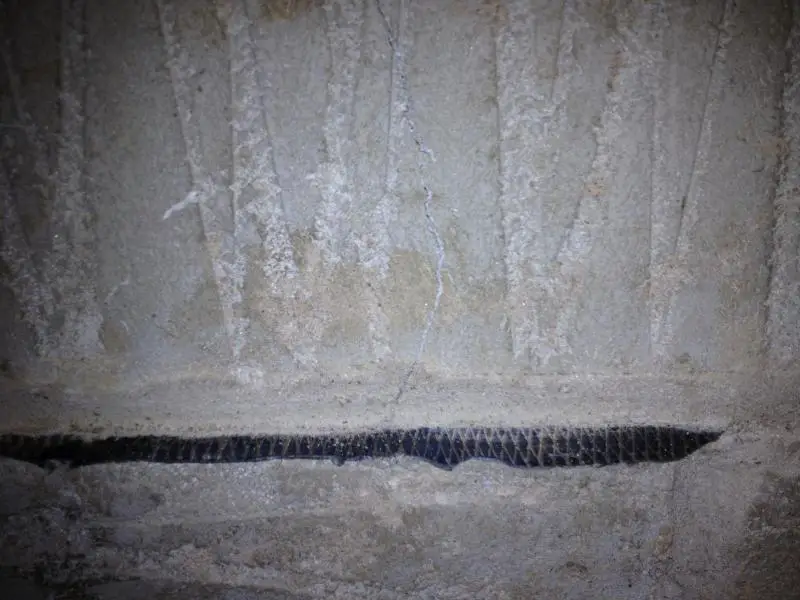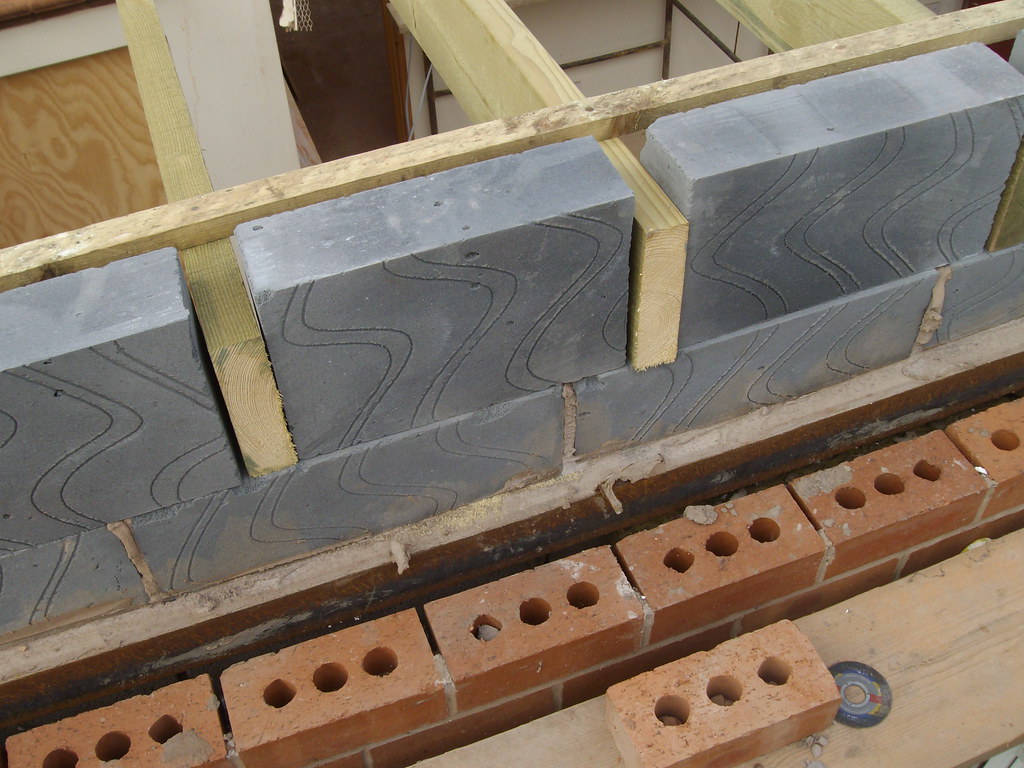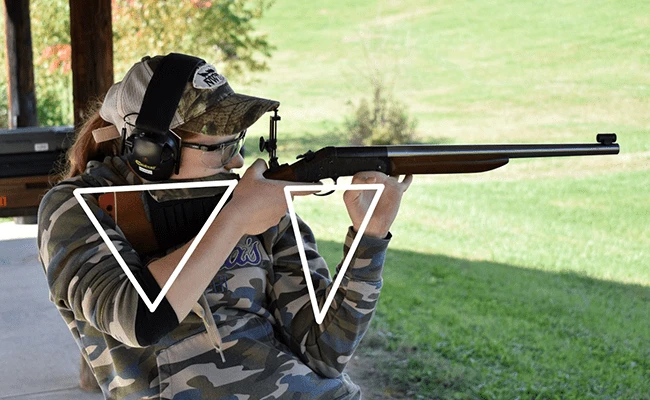Thermalite blocks have gained acclaim in the construction sphere for their lightweight properties and exceptional thermal insulation capabilities. However, despite their advantages, these blocks encounter several challenges during construction projects. Understanding these issues and employing effective solutions is pivotal in ensuring the success and durability of building ventures.
Common Thermalite Block Problems
Thermalite blocks are porous and therefore susceptible to moisture absorption. This characteristic becomes problematic in areas with high humidity levels or inadequate waterproofing measures. When exposed to excessive moisture, Thermalite blocks absorb water, potentially compromising their structural integrity.
Deeper Understanding
Thermalite blocks contain numerous interconnected voids within their structure. While this porosity aids in their lightweight and insulating properties, it also makes them prone to absorbing moisture.
Excessive water intake weakens the blocks, leading to a range of issues such as reduced strength, increased risk of cracking, and even potential structural failure over time.
Proper waterproofing methods, including the use of moisture barriers, sealants, and effective drainage systems during construction, are crucial to mitigate moisture absorption and protect the blocks from damage.
Cracking and Deterioration

Despite being durable, Thermalite blocks can experience cracking and deterioration due to various factors. Poor installation practices, exposure to extreme weather conditions like freeze-thaw cycles, or settlement of the structure can contribute to these issues.
Deeper Understanding
Installation Practices: Improper handling during transportation, incorrect mortar mixing, or inadequate curing time after installation can lead to stress points and subsequent cracking in Thermalite blocks.
Weather Impact: Thermalite blocks can be sensitive to extreme weather conditions, especially if not adequately protected during construction. Freeze-thaw cycles can cause expansion and contraction, resulting in cracks over time.
Settlement and Structural Movements: Uneven settling of the building foundation or structural movements can impose stress on Thermalite blocks, leading to cracks and gradual deterioration.
Thermal Performance Reduction
Maintaining proper thermal efficiency is a key advantage of Thermalite blocks, but this can be compromised by incorrect installation practices or gaps within the structure. These issues can result in thermal bridging, reducing the overall insulation capabilities of the blocks.
Deeper Understanding
Inaccurate placement, inadequate filling of joints, or leaving gaps during construction can create pathways for heat to escape or enter the building, diminishing the blocks’ thermal performance.
When Thermalite blocks are not installed seamlessly or when other materials interrupt their continuity, it creates thermal bridges, allowing heat to bypass insulation, thus reducing energy efficiency.
Compatibility with Other Materials
Integrating Thermalite blocks with different construction materials may lead to compatibility issues, potentially causing structural instability or insufficient bonding between materials.
Deeper Understanding
Thermalite blocks might have different expansion and contraction rates compared to other materials. When combined, this can cause movements leading to cracks or instability in the structure.
Some materials may not adhere well to Thermalite blocks, leading to poor bonding and reduced structural strength. Compatibility tests are crucial to ensuring that all materials used complement each other effectively.
Solutions for Thermalite Block Problems
Implementing effective moisture management strategies during construction plays a pivotal role in safeguarding Thermalite blocks against excessive water absorption.
Deeper Understanding
Applying moisture barriers and sealants on surfaces vulnerable to water ingress helps create a protective layer, reducing the penetration of moisture into the blocks.
Properly designed drainage systems, including slope gradients, gutters, and weep holes, facilitate efficient water runoff, minimizing the likelihood of water pooling around or within the structure.
Quality Installation Practices
Ensuring high-quality installation practices significantly contributes to the longevity and performance of Thermalite blocks.
Deeper Understanding
Employing experienced and trained professionals who strictly adhere to manufacturer guidelines ensures precise handling, correct mortar mixing, and proper installation techniques, reducing the chances of structural issues such as cracking and deterioration.
A level and stable base, along with meticulous joint filling techniques, helps distribute loads evenly, minimizing stress points that could lead to block damage.
Regular Maintenance and Inspection
Conducting routine post-construction inspections is crucial for identifying and addressing any issues promptly, preserving the structural integrity of Thermalite blocks.
Deeper Understanding
Promptly addressing cracks or signs of deterioration through regular inspections prevents minor issues from escalating into larger structural problems, thereby extending the lifespan of the construction.
Implementing scheduled maintenance routines, including cleaning, resealing joints, and repairing any damage, helps prevent further deterioration and ensures the blocks remain in optimal condition.
Enhanced Insulation Measures
Maintaining the optimum thermal performance of Thermalite blocks requires additional measures to improve insulation efficiency.
Deeper Understanding
Properly sealing gaps between blocks and around openings such as windows and doors prevents thermal bridging, enhancing the overall insulation capacity.
Incorporating supplementary insulation where necessary and utilizing compatible materials for connections and interfaces helps maintain the blocks’ insulation properties and structural integrity.
Material Compatibility Testing
Conducting comprehensive compatibility tests between Thermalite blocks and other construction materials is crucial to prevent compatibility-related issues.
Deeper Understanding
Thorough testing helps identify any incompatibilities between materials that could lead to structural instability, poor bonding, or other performance issues.
Utilizing adhesives, mortars, and fixing methods that have been confirmed to be compatible ensures a cohesive and stable structure without compromising the integrity of Thermalite blocks.
Conclusion
Thermalite blocks offer commendable benefits in construction but demand careful consideration of potential issues. Addressing these challenges through meticulous planning, correct installation, and regular maintenance procedures ensures the longevity and performance of structures built with Thermalite blocks. By proactively dealing with these problems, construction projects can progress smoothly, guaranteeing the reliability and quality of the constructed environment.











